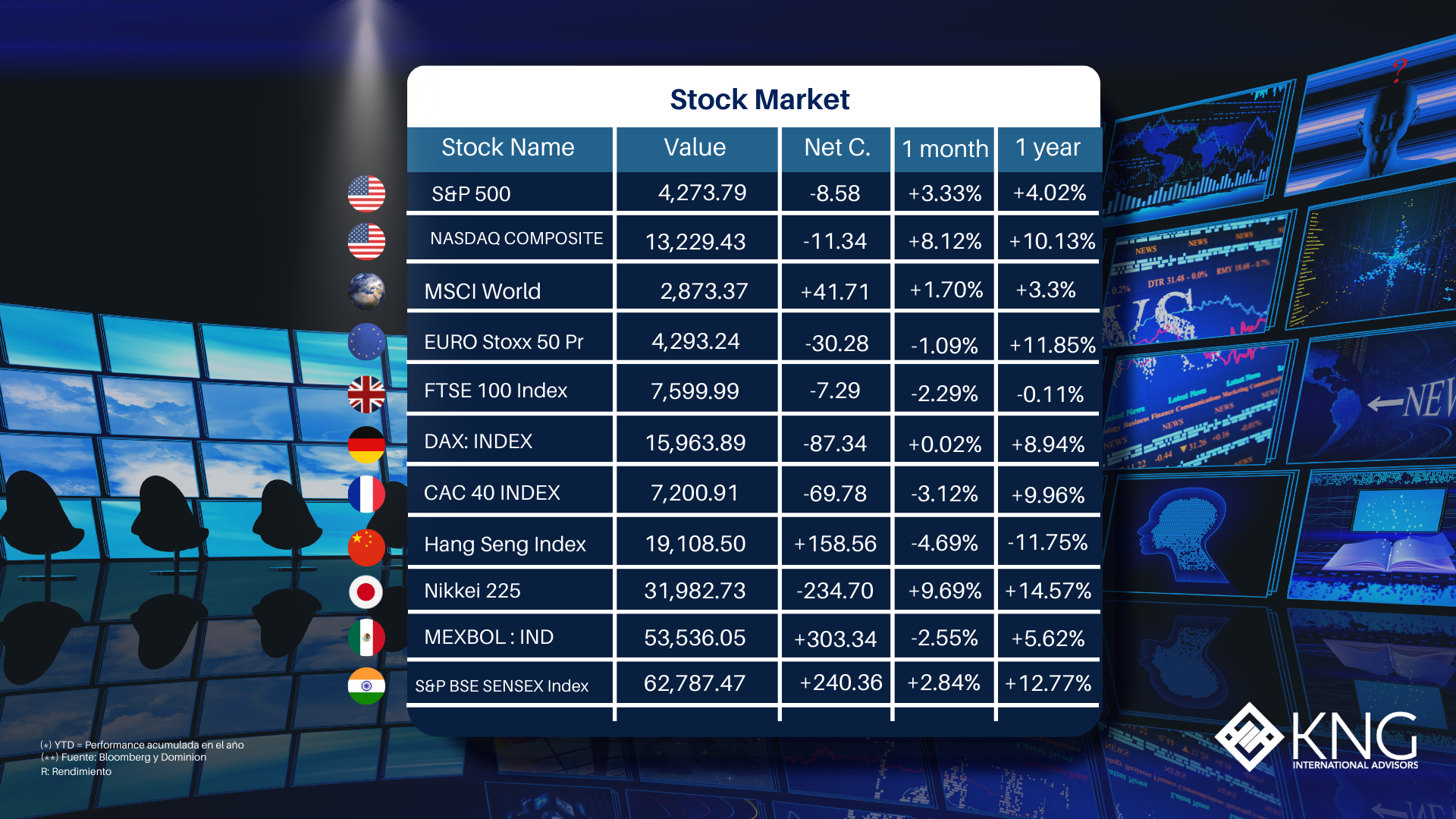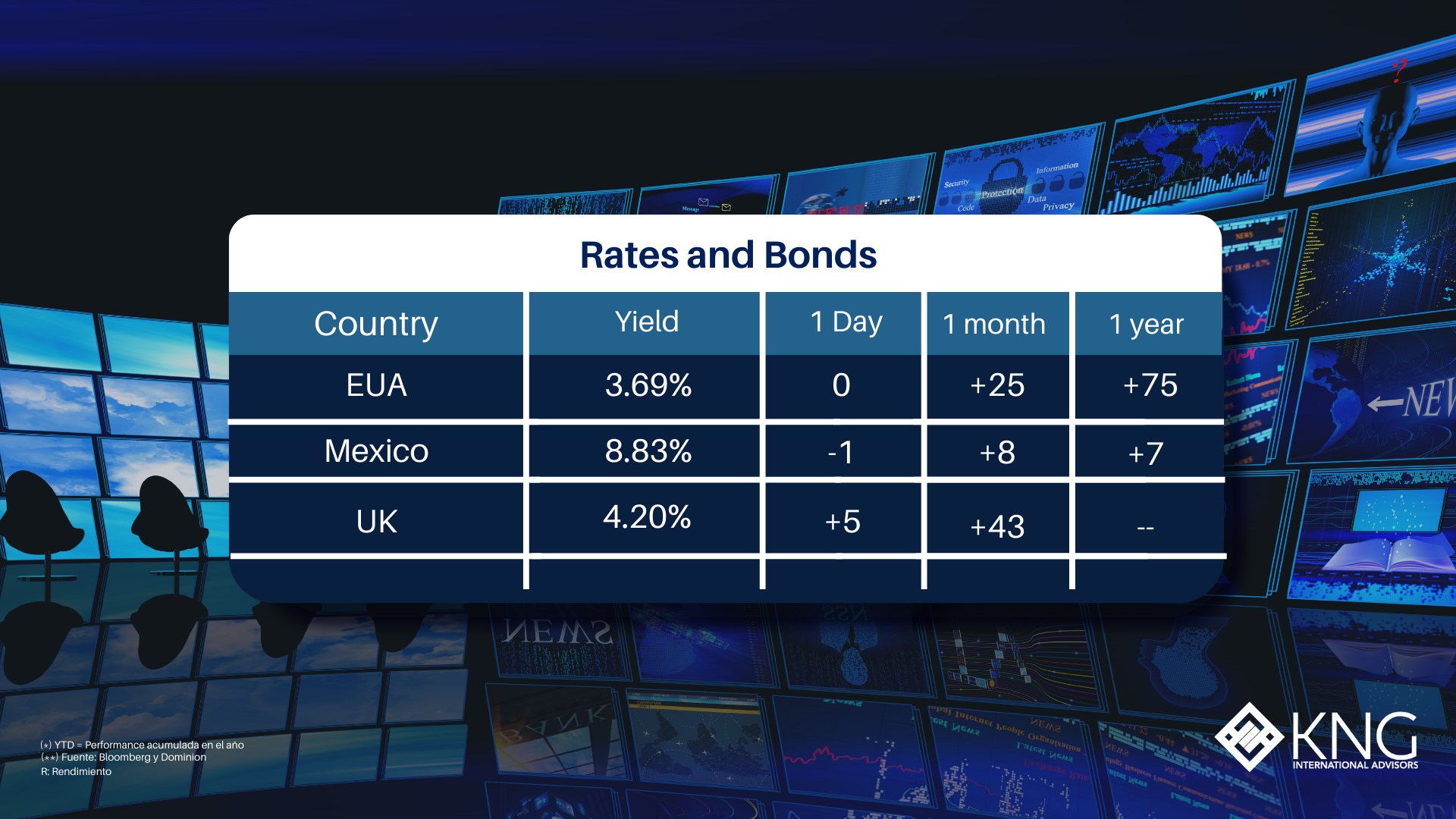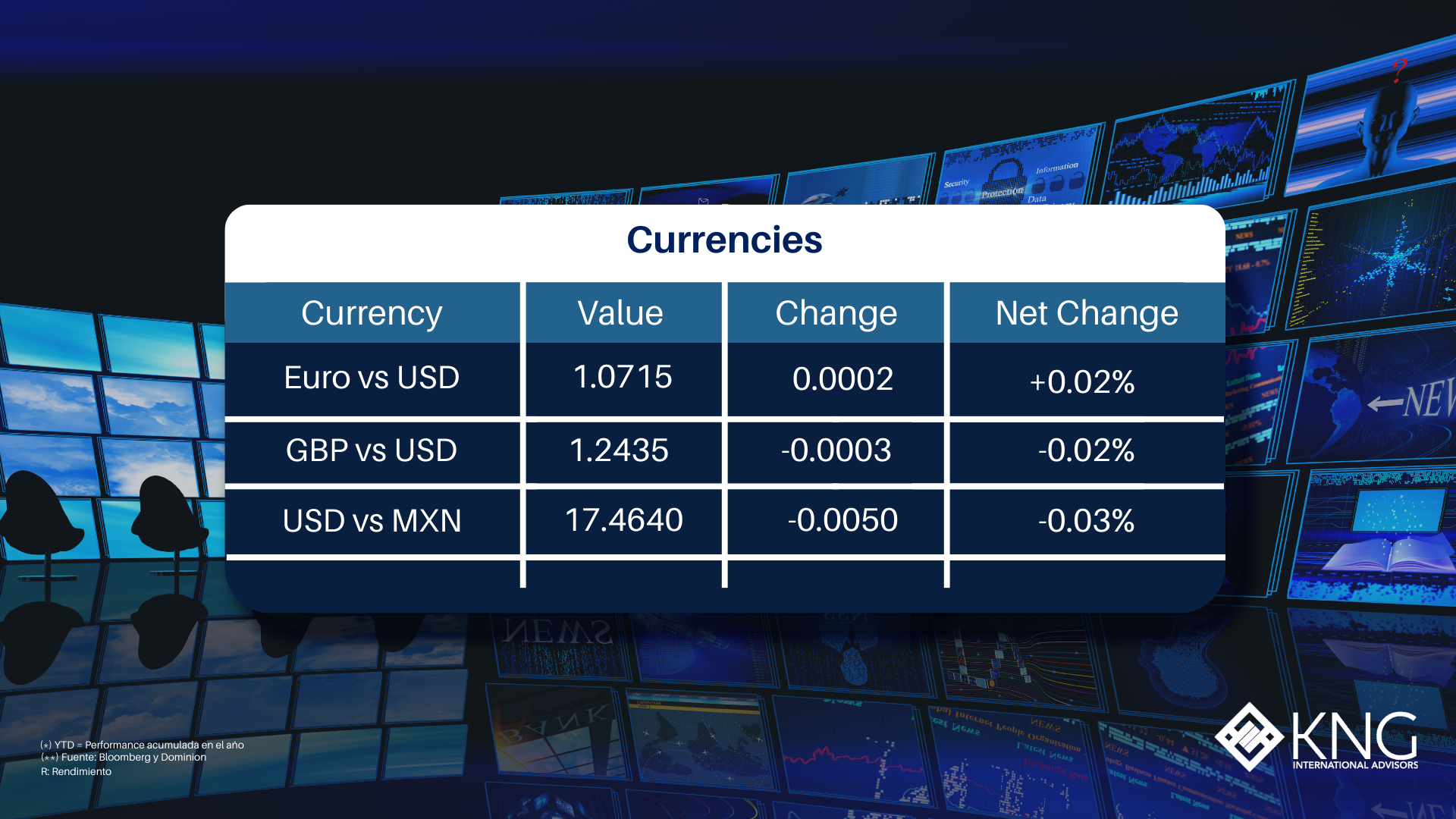Monday 12th of June 2023




The energy transition is the biggest structural trend underway in the global economy today. Climate change and the requirement to re-tool the entire global energy system touches every human, every company, every country. It is a true global trend. To some degree, every business on the planet and as such, every investment, is in some way exposed to the global energy transition.
And the scale of the challenge and investment opportunity is vast. Still today more than 77% of global energy is sourced from burning fossil fuels, the emissions from which contribute to the greenhouse effect which warms the world’s climate. The road to full de-carbonisation of the global economy is likely to be long, expensive, and complicated.
Unfortunately, there is today a wide gulf between much of the political rhetoric and news coverage on climate change vs. the reality of what is really happening on the ground. After two decades of heavy, government subsidised build outs of renewable energy (wind and solar), the average person on the street is likely to think that the % of global energy we source from fossil fuels must have fallen. Some progress at least must have been made, especially given the incredibly optimistic assumptions we have all heard about the low costs of solar and wind.
Sadly, the reality is very different. Since the year 2000, after 23 years of heavy and increasing investments into renewable energy, the % of world energy that is sourced from burning fossil fuels has actually gone up slightly, it has not come down at all!
The mix of renewables has risen, and that is good, up from close to 0% in 2000 to 4% today. But in the meantime, other aspects of the global energy mix have changed enough (much higher demand, higher gas demand, lower nuclear supply) such that all of the progress made in renewables build out does not show when we look at the total energy demand picture.
What is more, fundamental aspects of energy technologies seem to be ignored, or missed due to ignorance, by mainstream media outlets reporting on the subject of energy policy, and worse, from the politicians in many countries making decisions on energy policy. For example, it’s all well and good building wind and solar farms, but these need to be located where the wind or solar resources are optimal, often far away from existing electricity grid infrastructure. This means they need to connect to the electricity grid, often over long distances, which is technically challenging, expensive, and takes a lot of time. This means today there is a growing number of completed renewables projects waiting months, even more than a year in many cases, to be connected to electricity grids. These delays in connection are even resulting in delays in the commissioning of new projects.
Fossil fuels like coal do not face this problem. You can locate a new plant anywhere, and often they are located close to existing infrastructure so that connection is relatively easy. These plants do not take very long to commission and build either, and they do not face the limitations of intermittency faced by renewable sources of energy.
A major part of the problem facing the global energy system today is an under-investment in energy supplies, which increases the potential for future short-term energy shortages. Taking, for example, $20 billion of capital that would have been spent on fossil fuel generation and instead spending it on solar or wind farms, is not a 1-1 switch in energy production. The same investment in renewables gets you much less useful electricity supply, the capital intensity per MWh of energy produced is much higher for renewables (this is a function of the significant difference in energy densities of the fuels). And what’s more, even if we were to adjust up the investment in renewables to match the capacities, intermittency of supplies from renewables means the load factors (% of capacity that produces energy) are much lower. So, while total spending on the global energy system may have been going up, the switch away from investing in fossil fuels and into investing in renewables has meant that, relative to total energy demand today and in the future, we are not spending (in total) enough on total energy supplies.
This raises the probability of short-term energy shortages. Any unforeseen event or interruption of supply can create shortages that are much worse because of the lack of flexibility in the global supply chain for energy to meet the unanticipated demands of the crisis in question.
The outcome is that, even if it means switching investment in the short-term back into buying fossil fuels like coal at very elevated prices, that is exactly what governments will do to keep the lights on in their economies. This is what happened in 2022, where we saw record prices for coal and record profit levels for coal companies. This is not what you would expect if the narrative around ‘coal being a thing of the past’ was correct. Far from it, if climate and energy policies around the world continue to be as disjointed and detached from reality as they have been in recent years, coal and other fossil fuel companies could be set to see rising, not falling, realisation that their assets are strategic in nature and deserve valuations that reflect that strategic value.
We would like to thank Dominion Capital Strategies for writing this content and sharing it with us.
Sources: Bloomberg, Yahoo Finance, Marketwatch, MSCI.
Copyright © 2023 Dominion Capital Strategies, All rights reserved.
Disclaimer: The views expressed in this article are those of the author at the date of publication and not necessarily those of Dominion Capital Strategies Limited or its related companies. The content of this article is not intended as investment advice and will not be updated after publication. Images, video, quotations from literature and any such material which may be subject to copyright is reproduced in whole or in part in this article on the basis of Fair use as applied to news reporting and journalistic comment on events.